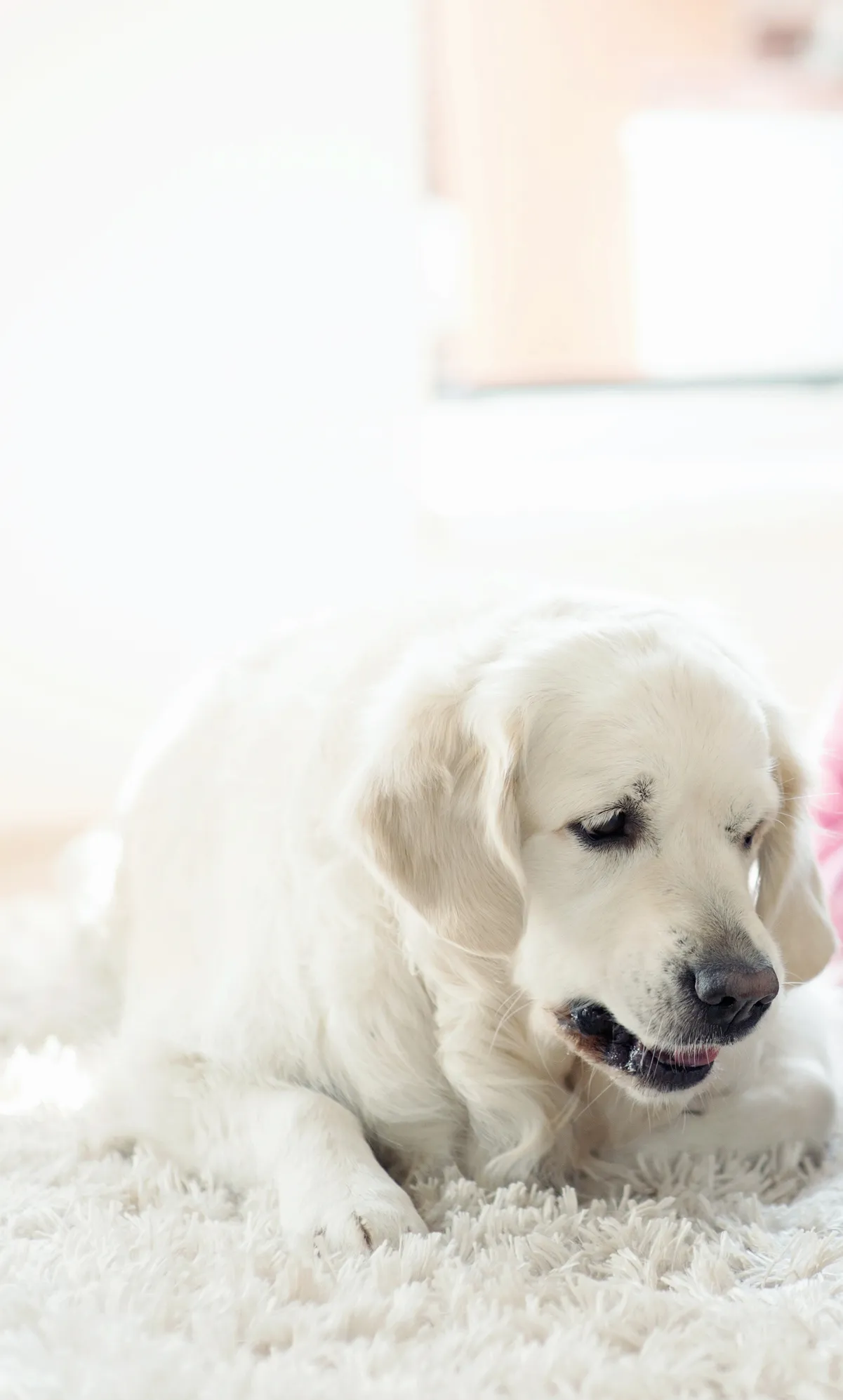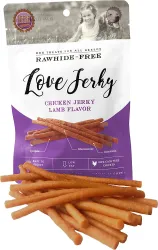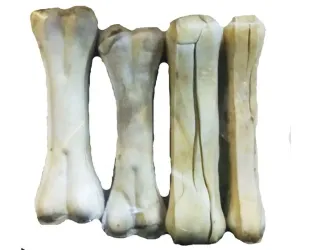Labrador Retriever
The most loved dog in the world without a doubt, Labrador Retrievers are phenomenal family companions. They have an incredibly sweet nature and they just love to please everyone they meet along their way, be it humans or animals.
Average sizes and life expectancy of the breed
55-62 cm
25-36 kg
10-14 years
United Kingdom and Canada
pure
sporting
Characteristics of the Labrador Retriever
One of the most popular dog breed across the world, Labrador Retrievers are cute, friendly, loyal and intelligent. They are affectionate with children and are highly cheerful making it one of the best family dogs. Historically considered as a “working dog”, Labrador Retrievers are also intelligent which makes them very easy to train. Bred in the 19th century in Canada, he was widely used as a "fishing dog" back then. Today, he is a sought-after dog breed when it comes to having a pet that is super-friendly.

Coat
The Labrador has two layers of coat that helps in regulating their body temperature. One is the top layered coat called Guard Coat, which is a bit wiry and abrasive. Underneath it, is a softer and lighter coat called undercoat, that keeps them warm during the winters. Regarding the colour of their coat, Labrador is most commonly seen in golden colour, though there are also (and accepted) variations in black and chocolate. Even though labs have a short coat, they do shed a staggering amount of hair throughout the year. So you will have to take a fair bit of time from your schedule for their grooming. To reduce the problem of shedding, brush them at least once a week during off-season and twice a week during spring, when the hair fall is quite prominent. Also, give them a diet rich in Omega fatty acids, that strengthen their hair follicles, resulting in less shedding.
Pet Profile
Recommended Treats for Labrador Retriever
Pedigree Dentastix Daily Oral Care Large Dog Treats 270 g X 10
Dental Treats

Rena Love Jerky Lamb Flavor Dog Treats 120 gm
Jerky Treats

Petsworld Rawhide Bone 6 inch (15cm) 500 gm
Rawhide Bones

Chip Chops Banana With Chicken Snacks 70 gms
Snacks

Best Dog Food For Labrador Retrievers
Labrador Retrievers need a balanced diet comprising of six major nutrients. The nutrients are protein, carbohydrates, fats/oils, vitamins, minerals and water. If you can buy them a dog food which include this balanced blend of nutrition, you will ensure superb health in the labs. When it comes to the type of food, Labradors simply love dry dog foods as they are crunchier due to the solid kibbles. You can also feed them wet dog foods, which apart from giving enough nutrition, helps in hydrating them thoroughly too. Precise nutritional requirements of labs will depend upon their breed, lifestyle, age, health condition etc. Say, for example, a puppy will need double the calories of an adult dog to grow and develop in the best manner. While senior dog will consume only 20% fewer calories than middle aged dogs. Everything said, just keep an eye on the amount of food they eat, as labs are vulnerable to obesity. Make sure they never overeat.
Grooming Your Labrador Retriever
Labradors have a type of coat, having a higher chance of dirt and debris getting accumulated. To tackle this problem, owners should bathe this breed once every month and comb their hair, a day before their bath. Using a high quality dog shampoo will help you to remove excessive dirt and also in restoring the natural sheen of the skin. Lastly, grooming of a Labrador can't be complete without clipping their nails. It is necessary to clip your lab's long nails, as it can force the foot pads apart, making it difficult for the dogs to walk. Having said that, always clip their nails safely and slowly so that you don't hurt them. Coming to the brushing part, you need to have a nylon bristle brush that can stimulate the oily skin of lab dogs, apart from keeping their hair clean. This stimulation of dog's skin helps in good blood circulation, which in turn keep their coat healthy and shiny.
Taking Care of a Labrador Retriever
The Labrador's ears need special care, as they are quite prone to otitis. Also, overweight and obesity are common to the breed and hence, the owners should be vigilant of it. Always offer that much amount of food which is indicated by your trusted veterinarian which will help you maintain excellent weight in the labs. Encourage your pet to do physical activities daily, so that they burn the extra calories, if any. When it comes to food, Labradors can be voracious. Do not give in, as this habit can be a problem in the long term. Lastly, if your Labrador is showing signs of dysplasia, prevent him from walking on very slippery floors and talk to a professional to find out if it's time to start with supplements or specific medications for this problem. If your Labrador is showing signs of dysplasia, prevent him from walking on very slippery floors and talk to a professional to find out if it's time to start with supplements or specific medications for this problem.
History of Labrador Retrievers
St. Johns Water Dog, a domestic dog from Newfoundland Canada in the late 18th century is considered to be the early ancestor of Labradors. This dog had an oily waterproof coat, although its ear carriage was wilder and forward facing. Another physical feature they had is a white chest patch which is still prevalent on modern-day Labradors. St. Johns Water Dog exhibited excellent fishing ability which was noted by Earl of Malmesbury who got impressed by their retrieving skills. These dogs were able to get anything from the water and give it to their owners. Later St. Johns breeds were transported from Newfoundland to England, which was then Crossbred with other dogs to create the Retrievers.Modern Labradors are also in the sporting group of the American Kennel Club. Americans in the early 19th century used Labradors for hunting skills on the land. Today, modern Labradors are used for their retrieving skills in police and military services, especially for detecting bombs.